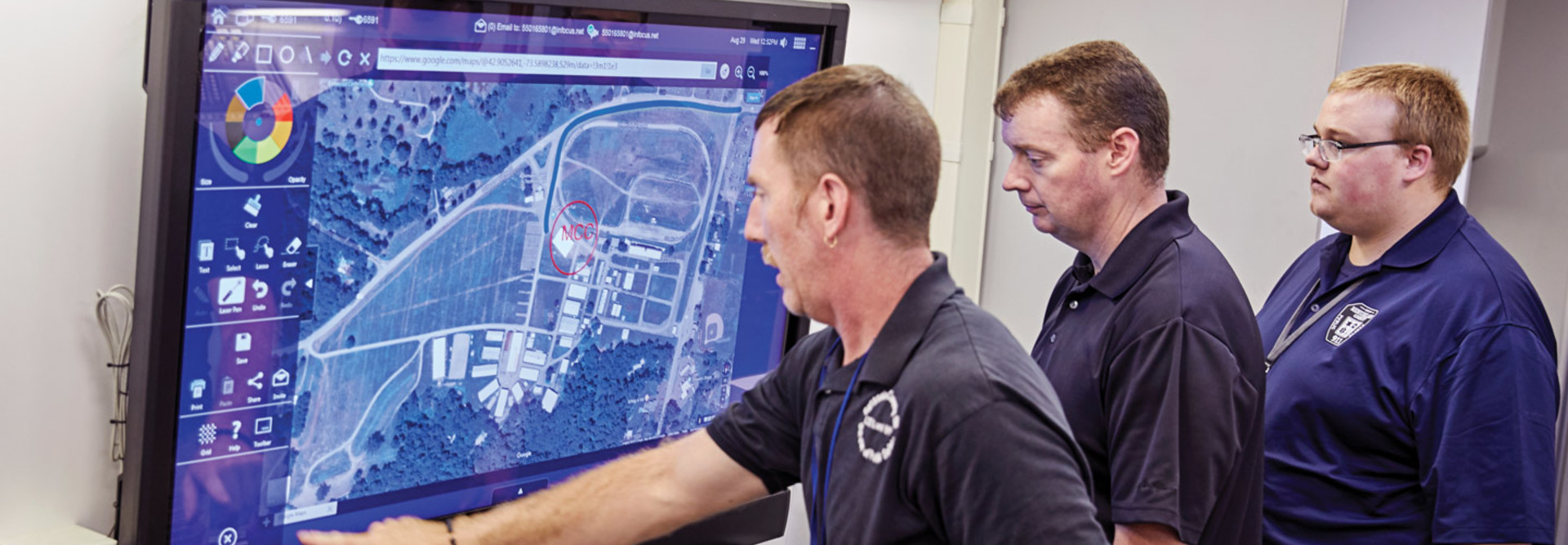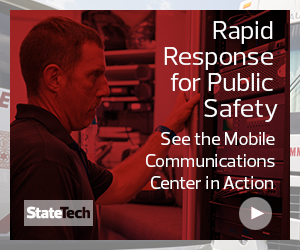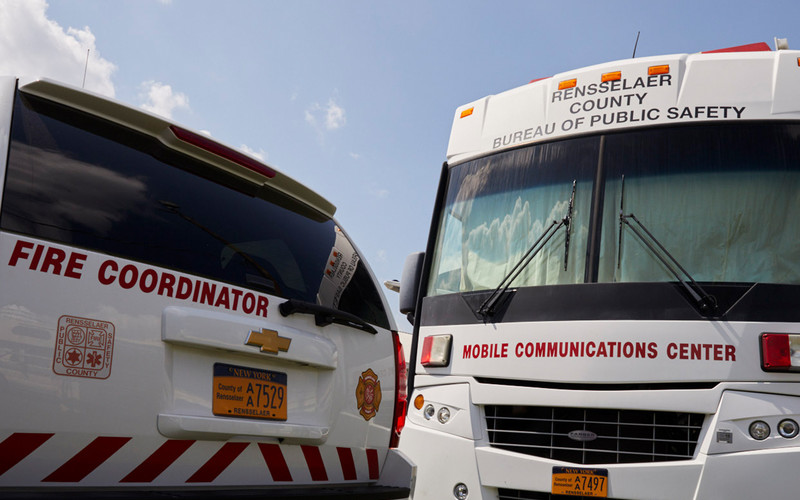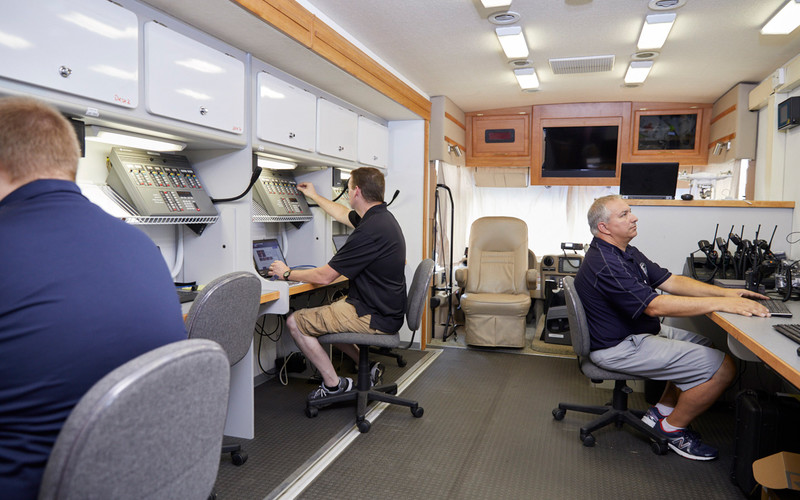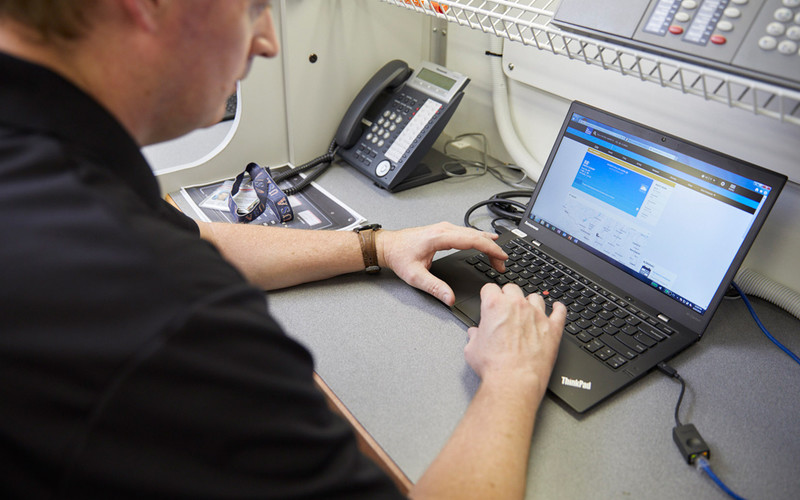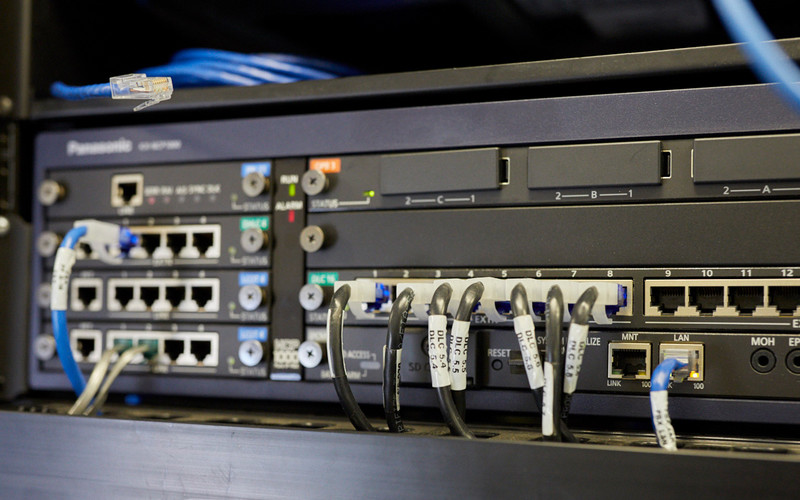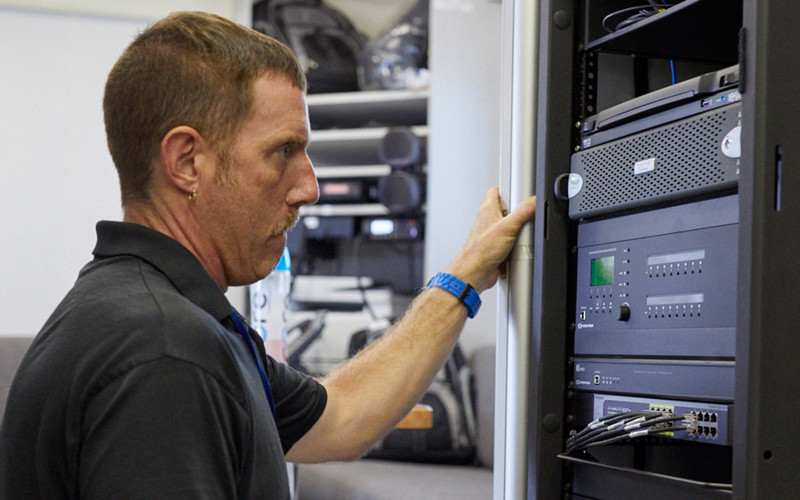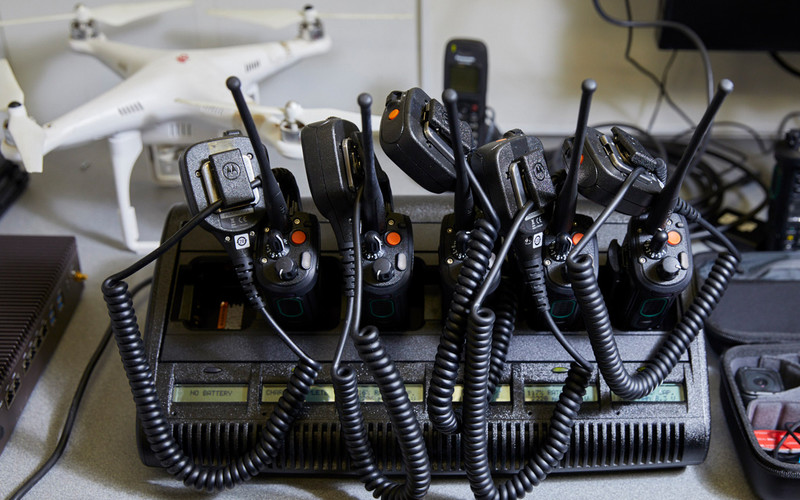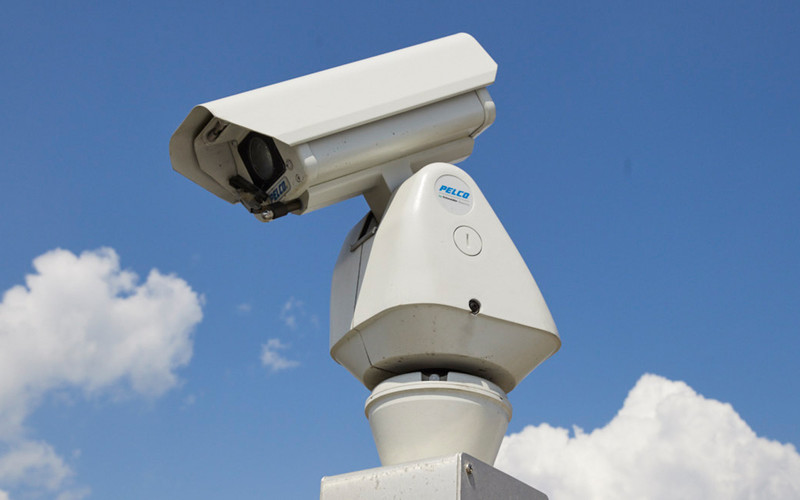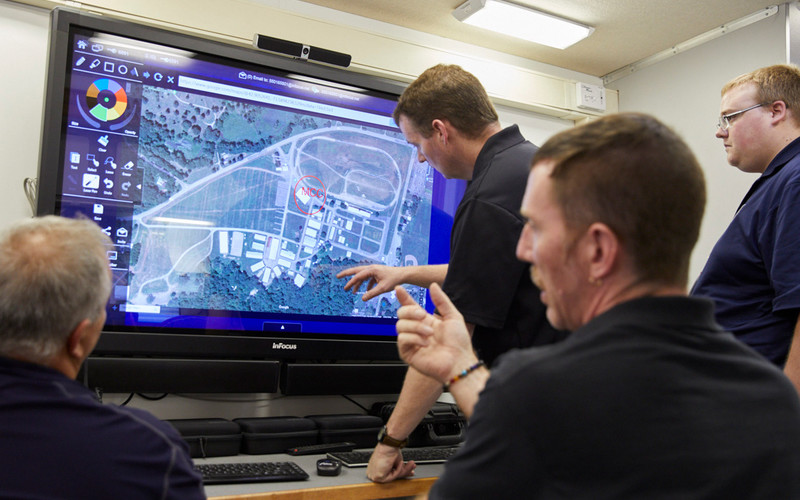“They would have been helpful at the gorge, where a line of trees made it hard for a state police helicopter to get a good view of the canal,” Smith says. The Albany County Sheriff’s Department lent a drone to the effort, but the county could have used one throughout the full search.
Drones would have also been useful during an active shooter drill at Troy High School this spring, to view the perimeter of the school from the sky or even to fly inside the school, Smith says.
During the drill, the school trained cameras on its outside doors, feeding live video to the 911 communications center. The county also equipped the shooter with GoPro cameras, allowing the team to review the scene from his perspective.
“It was a good education,” Smith says regarding the grim experience of watching the video stream remotely.
MORE FROM STATETECH: Find out how public safety agencies are using drones!
Washington County, Md., Preps for All-Hazards Emergency Response
After the Sept. 11, 2001, terrorist attacks, the Washington County, Md., emergency services division purchased a trailer with radios to accommodate public safety agencies on disparate radio bands.
While the vehicle housed radios with different formats, they were fixed systems with no flexibility. The vehicle also was missing other technologies that could prove useful in the field, such as video and internet capabilities, and it had to be towed to incidents. In 2014, the county replaced the unit with a new, 43-foot mobile communications center.
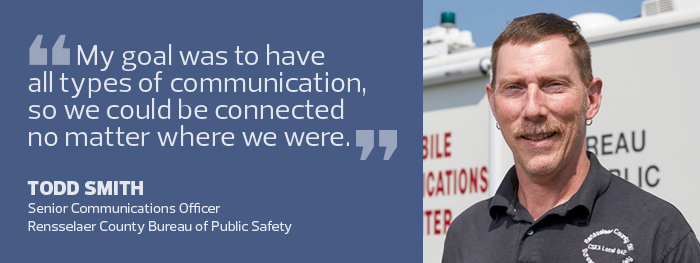
“We wanted a truck that would enable anyone to come in, log in to the system as if they were sitting in their office and work collectively on an incident,” says Kevin Lewis, director of training and quality control for the Washington County Division of Emergency Services.
The county sought to equip the mobile center with hardware and software to support other agencies, such as public works or environmental management, and to back up its emergency communications center.
“It allows us to take an all-hazards approach to emergency response,” Lewis says.
The upgraded mobile communications center now boasts computers, a secure network, connectivity via broadband or satellite to the county network, internal and external Wi-Fi access points, both IP-based and fixed phone systems, televisions with videoconferencing capabilities inside and outside the truck, a network printer, a 46-foot mast with an HD camera and an onboard power generation system.
“The vehicle helps us facilitate unified command,” Lewis says. “Law enforcement, fire, EMS, public education, county officials — we can bring all of those individuals to one location so they can help strategize or mediate an incident or event more efficiently.”
Mercer County, Pa., Enables Remote Communication
The Mercer County Department of Public Safety deployed its mobile communications center while working on a homicide investigation with the Pennsylvania State Police. The unit helped the multijurisdiction investigators conduct research, locate nearby property owners and print warrants, all without leaving the scene.
“If they didn’t have the truck, they would have been driving 20 miles back and forth between their offices and the scene,” says John Nicklin, deputy director of the public safety department.
Communication was the county’s top priority when equipping the vehicle, Nicklin says. It offers satellite capability for areas without adequate cellular coverage, along with a Cisco IP phone system that can accommodate as many phones as necessary.
“It’s scalable for the size of the incident,” he says.
The vehicle also has an interoperable gateway that connects radios with different formats.
“If department A couldn’t talk to department C, we could patch those channels together and let them talk with each other,” Nicklin explains.
Officers can use a virtual private network over PC notebook computers to access the county’s computer-aided dispatch system and respond to 911 calls. The vehicle has three televisions, a satellite TV receiver and a mast with a Sony camera that can broadcast video from the incident to the TVs inside.
“It’s just night and day from anything we had before,” Nicklin says.



